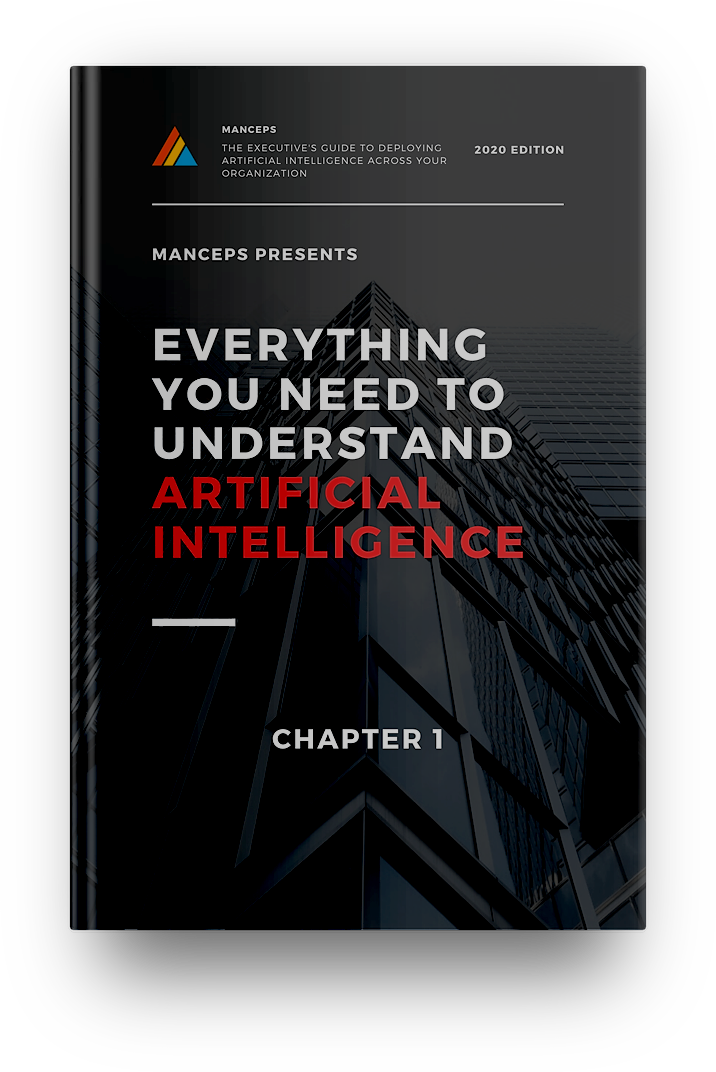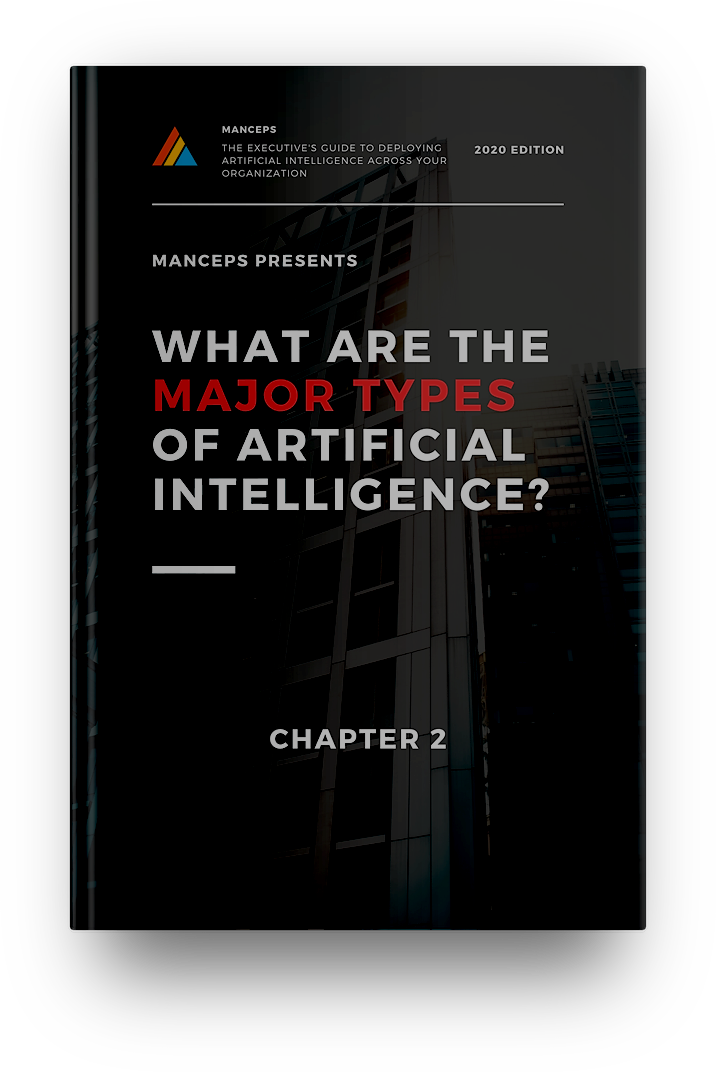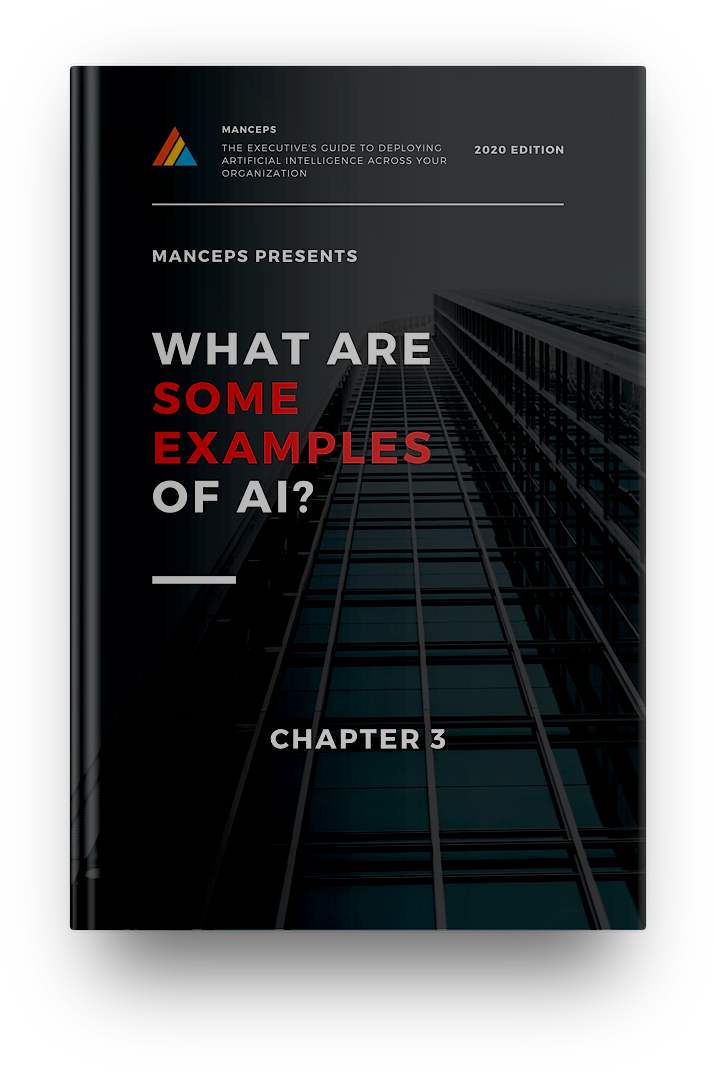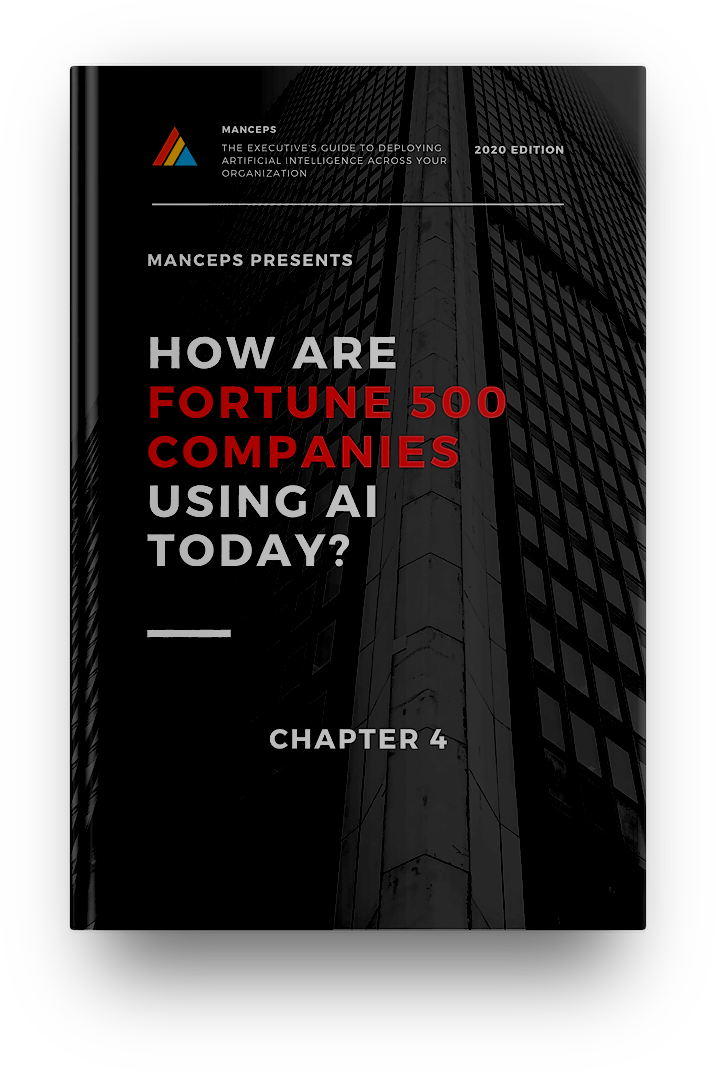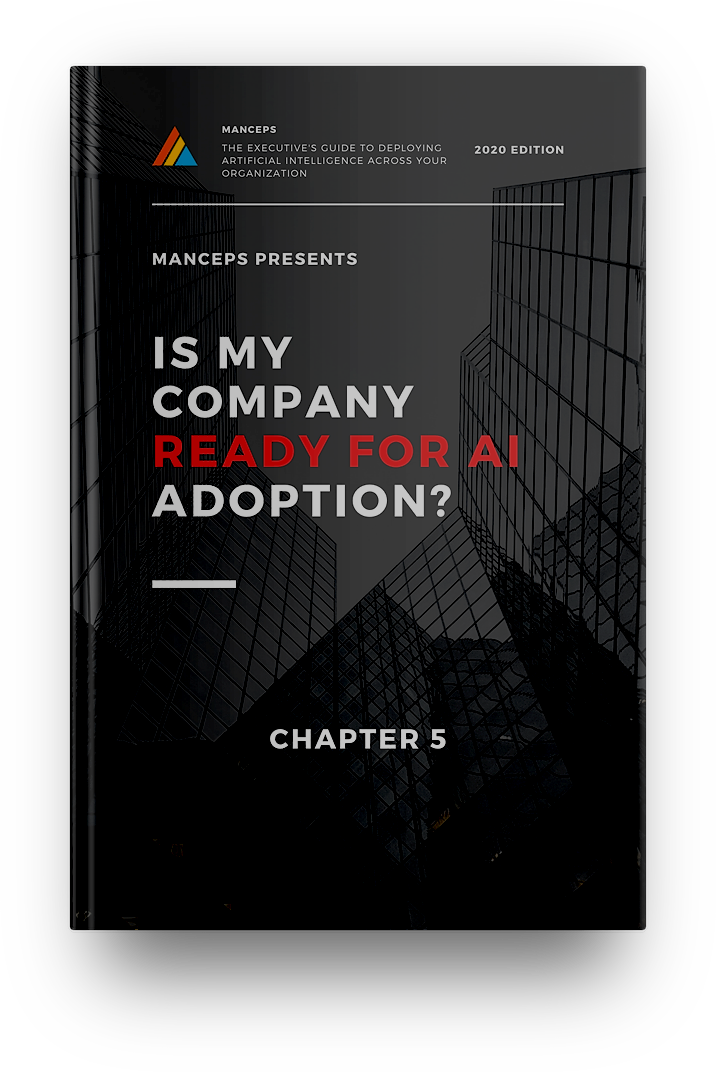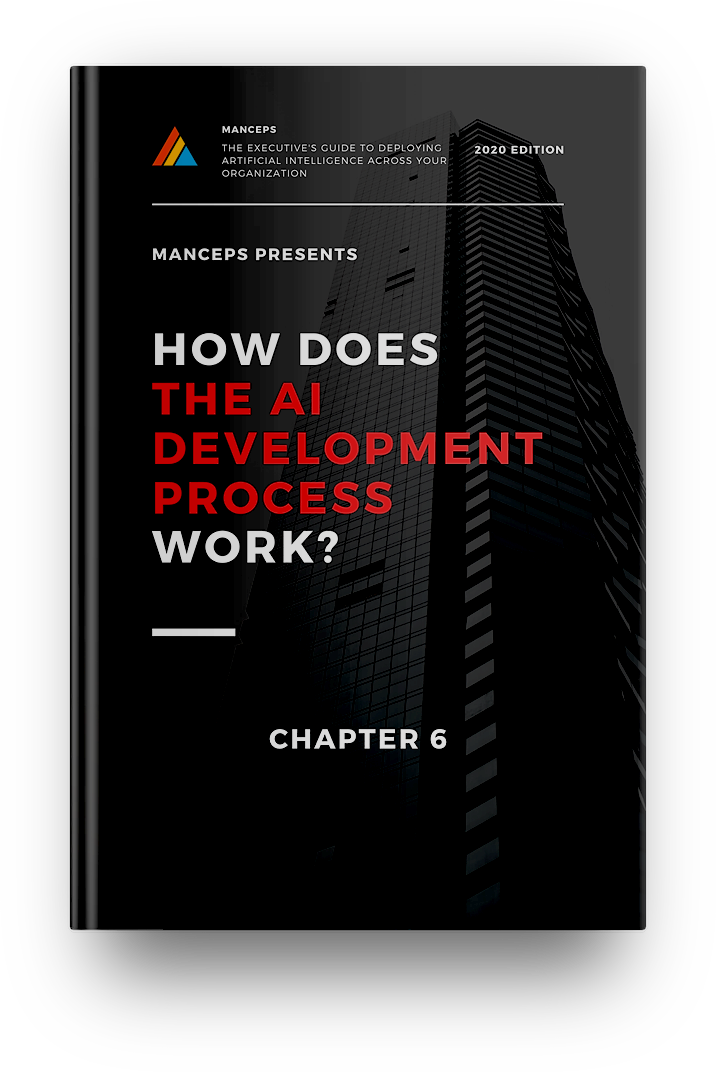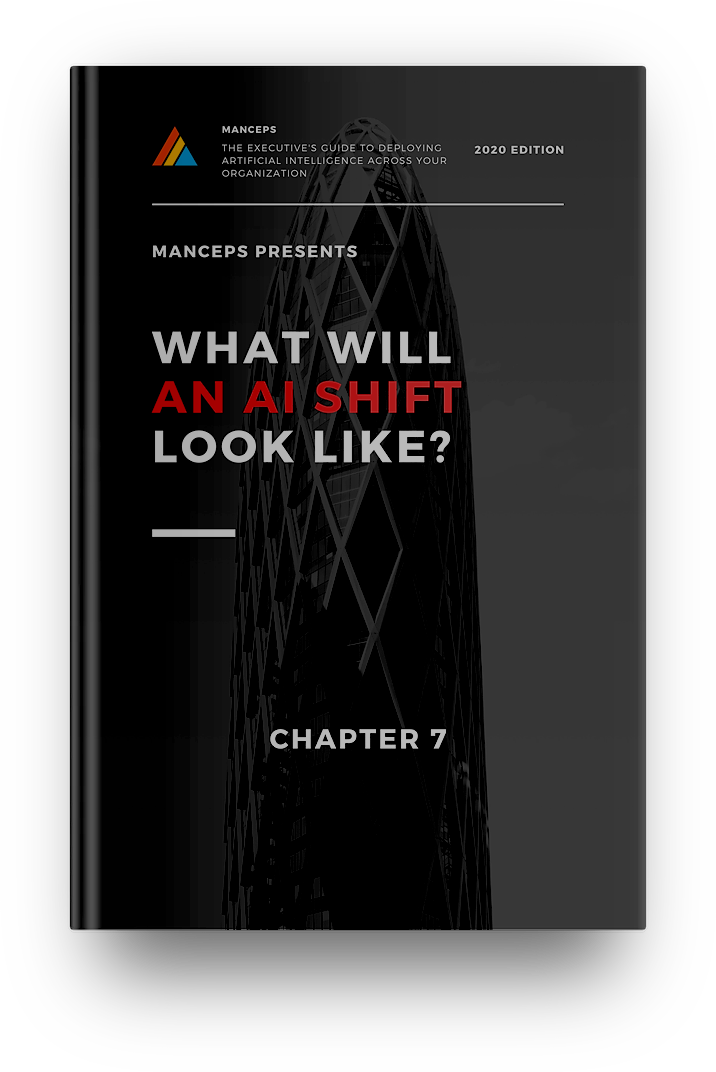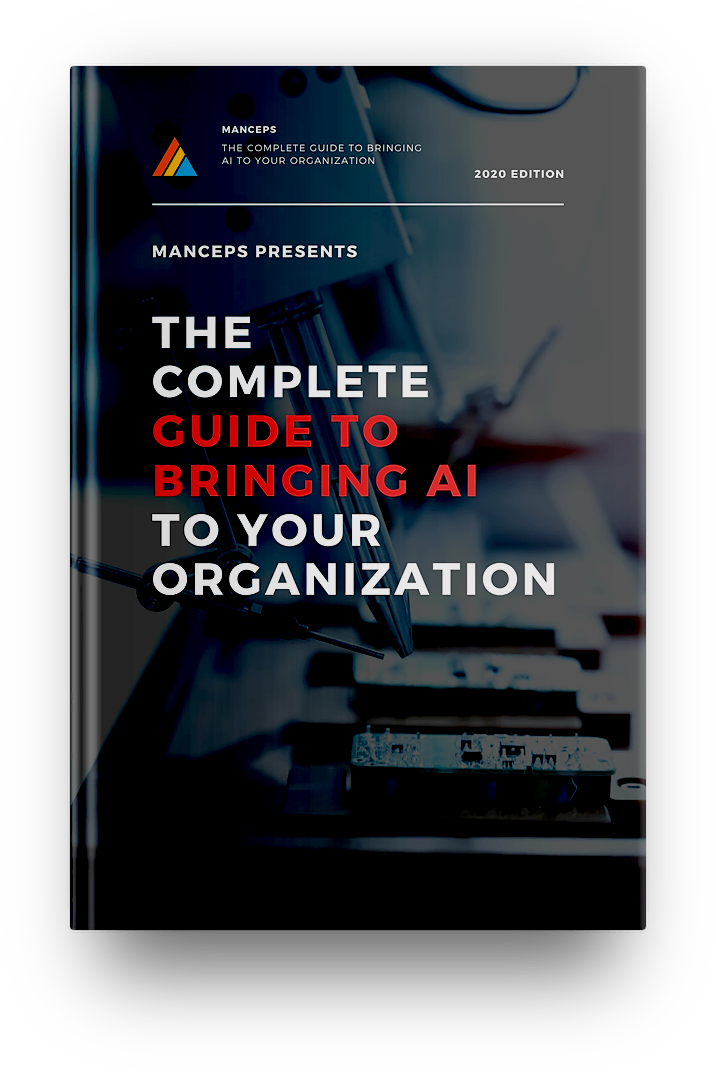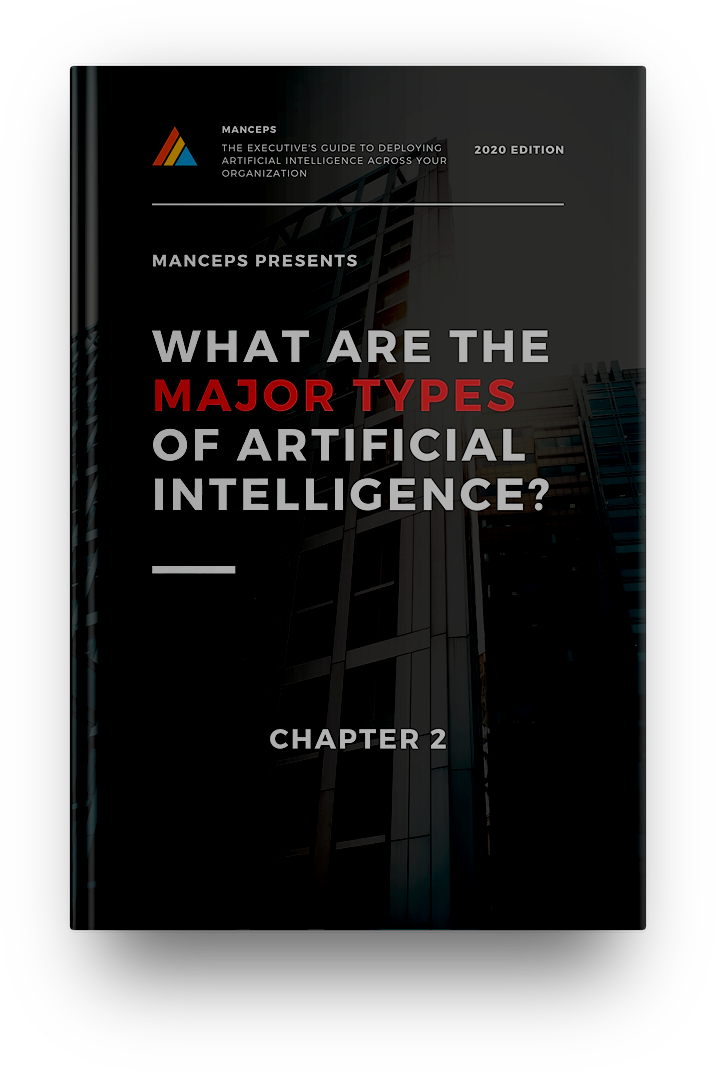
Free Resource
What are the Major Types of Artificial Intelligence?

Think about AI as Inputs and Outputs
So now that we've explored how AI is a tool for finding the relationship between inputs in outputs, let's define what some of those major inputs and outputs can be.
Inputs
Semantic Data
By now, AI is super-human in its ability to understand and process language. This is obviously super useful because a huge part of the world’s information is one kind of communication or another. We’re talking documents, books, handwriting, articles, speech, etc.
Natural Language Processing (NLP) models think about language in terms of each word’s relationship to related words. We can think of NLP models as a vast 3-D word cloud where related words cluster together forming vectors of associations and understanding. In effect, language processing models convert language into mathematical relationships.
Although this may sound a bit abstract, our brains actually process language in a similar way. Consider this sentence:
The dove dove into the water.
Most of us can pretty easily intuit from the sentence structure that the first dove is the noun and the second dove is an action related to water.
Languages like German, Chinese, and Korean drop these associations right into their vocabulary. For example, in German, kindergarten literally means child garden. In Korean, the word for fish (물고기) is a compound of water (물) and meat (고기).
All of this is to say that by quantifying the relationships words have to other words, AI language models have gotten extremely adept at learning to read, write, translate and summarize with ease.
Quantitative Data
AI models are built on complex mathematical equations so it shouldn’t surprise you that AI speaks the language of numbers. AI models can vacuum up all sorts of quantitative data such as statistics, analytics, dates, sequences, financial information, etc.

Multimedia
Whereas semantic and quantitative data uses abstract concepts as inputs, multimedia data is much more concrete. When considering what multimedia data you might be able to use, think about your senses:
- Visual data can include photography, video, satellite footage, video surveillance
- Auditory data such as sound recordings or RADAR.
- Sensory data such as temperature or LIDAR.
Hell, if you’ve got an electronic nose, you could even consider olfactory information.
By the way: data scientists can build AI models that consider datasets from all of these categories at once. For example, you could build a healthcare diagnostic model by integrating a doctor’s description of the patient’s symptoms (semantic), their bloodwork (quantitative), and chest Xrays (multimedia).
Outputs
As we discussed in Chapter 1, AI models build intuition about the relationship between inputs and outputs. To better understand how your organization could put AI to work, you’ve got to consider both. Broadly speaking, AI can be used to do two main things: surface information or create content.
Surfacing information includes things like categorization, pattern recognition, and prediction. These outputs can then be piped into systems that either (a) deliver this essential information to stakeholders for better decision-making and/or (b) put this information to work via some kind of hardware or software.
For example, an AI model that surfaces a stock prediction could be put into production as a daily email that arrives in your inbox or as an app that will automatically conduct trades for you.
Alternately, AIs can be used to create content. In a broad sense, the types of content that cognitive intelligence can create is similar to the inputs that AI can consider. For example, AIs can produce both articles and images of all kinds of crazy iterations, as we’ll discuss below.
Let’s consider each of these outputs in more detail:
Surfacing Information
Categorization
AI is all about using data to make judgments or find patterns. In the case of categorization, AI creates a series of mathematical relationships to map the relative similarities and differences of similar objects. This kind of labeling is useful for all kinds of businesses.
Consider these examples:
- Quality assurance inspectors determine if a product is defective.
- Doctors determine if a patient’s bloodwork means they are healthy.
- Mortgage lenders determine if an applicant is highly qualified.
- Grocery stores determine if their produce is starting to rot.
- Marketers identify conversion-optimized landing pages.
- Programmers locate broken code.
With enough examples, an AI model could be trained to support the labeling/categorization process of any of these use cases.
Pattern Recognition
We can think of pattern recognition as a much more complex version of categorization. Whereas categorization usually considers one set of inputs, pattern recognition can consider an almost limitless number.
It’s this type of AI capability that enables credit card companies to detect fraud, retail organizations to elastically price items, and self-driving cars to make instant driving decisions.
When imagining how to bring pattern recognition capabilities to your organization, think in terms of the systems or processes you have in place to make decisions.
Predictive Analytics
With the right data, artificial intelligence is capable of making all kinds of predictions from heart attacks to stock market fluctuations to hurricanes. Very few companies are tapping into this future-facing capability and those that do tend to be primarily focused on tactical use cases like predictive maintenance.
However, having visibility of future events means that business leaders have the tools they need to make adjustments to their supply chain, their strategy, and the execution of their objectives.
With the right data, you can answer almost any question about the future. The oracle is real.
Personalization
Today AI-driven recommendation engines power your Netflix queue, your Amazon home screen, your Google search results, and your Spotify playlist. Every single time you read or click-through (or click away) these companies are gathering information about your interests and your preferences.
In fact, it is a similar engine that is driving much of the advertising across the internet. You know that feeling you sometimes get that Facebook is listening to you? The reason this may feel so is that their predictive engines are so powerful they’ve mapped a veritable galaxy of data points to identify things that they should try to sell to you.
Personalization offers companies the opportunity to have perfect product-market alignment. By being able to offer each of your customers something a little different, you ensure that the products and services you offer resonate in an unforgettable way.
Creating Content
In a broad sense, all of the inputs we discussed above can also become outputs for an AI model so let’s take them one at a time. For example:
Written or Spoken Communication
AI can generate all kinds of language as outputs, such as articles, summaries, labels, etc. We’re not just talking printed text here. As Amazon Alexa has shown, AI-generated communication can also be piped to voice-activated assistants.
In the case of articles, AI has taken all sorts of information to auto-generate articles. Publishers are using the capability to automatically write weather reports, sports stories, and updates on financial markets.
Text summarization is particularly powerful and can be a huge opportunity for your organization. AI can literally take a 2,000-page patient case file, extract the necessary information, and summarize it into a paragraph or two. A use case might be a law firm that converts boxes of handwritten evidence into an index of every item that’s there.
Multimedia
Already AI is generating a wealth of visual or auditory content. Artificial intelligence has been used to generate images of human faces, color black and white photos, write music, and create soundscapes, produce charts and graphs.
Translating Inputs and Outputs
As a final note, keep in mind that AI models become crazy powerful when you use them to translate one input type into a different output type. For example, an AI model could be trained to convert drone footage of a disaster area into a 12-page summary report for FEMA.
To be sure, building such a model would be complex, requiring both image processing layers to determine damage and text summarization layers to write that damage into easy-to-understand paragraphs — however, it is this exact type of complexity you should be thinking about when imaging the kinds of AI solutions to bring to your company.
Remember: artificial intelligence can transform information into almost anything.
Explore Our Other Guides
We've written up lots of articles to help business professionals orient themselves around AI. Learn how Artificial intelligence can meaningfully change how your organization does business by exploring the resources below.

